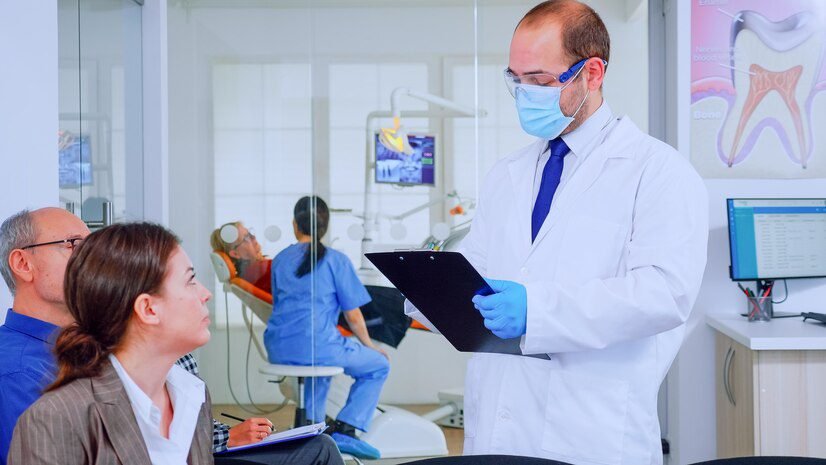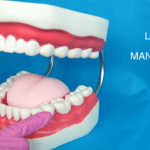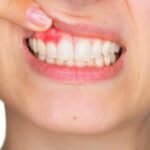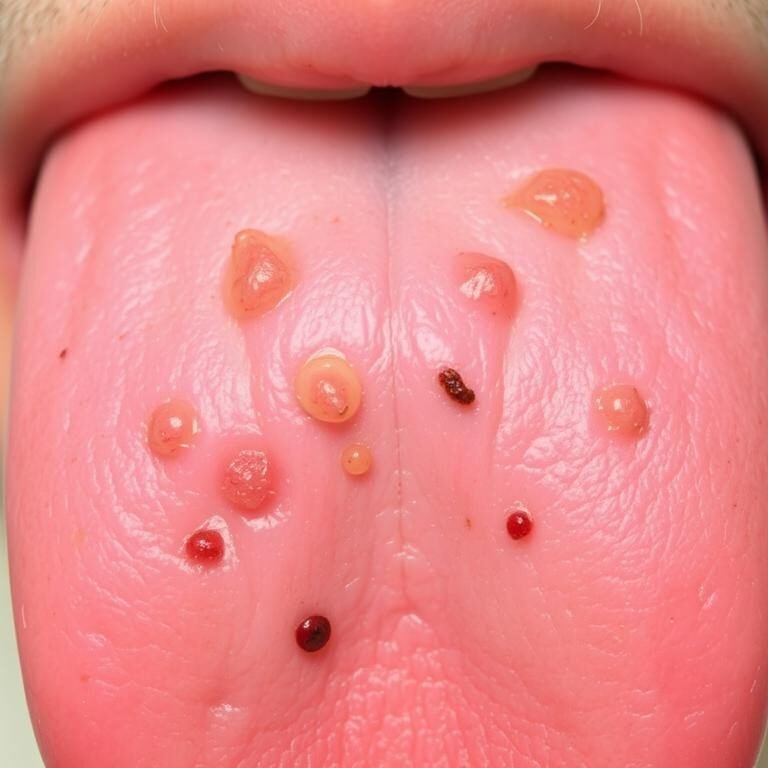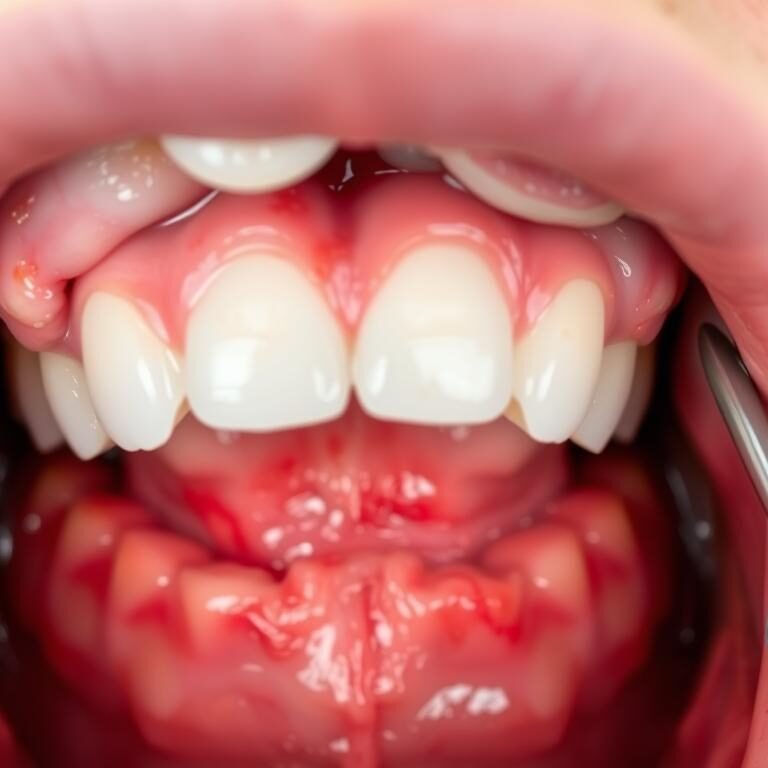Table of Contents
Common Dental Procedures
Dental procedures are a common aspect of maintaining oral health and addressing various dental issues. One of the most routine procedures is dental cleaning, which involves the removal of plaque and tartar buildup to prevent gum disease and cavities. Another typical procedure is cavity filling, necessary to restore teeth affected by decay and prevent further damage.
Tooth extraction is another common procedure performed when a tooth is severely damaged or impacted. Root canal therapy is often recommended to save a tooth with infected pulp, avoiding extraction. These procedures are carried out by skilled dental professionals to ensure the patient’s comfort and well-being throughout the process.
Table
| Procedure | Purpose | Description |
|---|---|---|
| Teeth Whitening | Cosmetic | Lightens the color of teeth using bleaching agents. |
| Fillings and Repairs | Restorative | Treats cavities and cracks using materials like resin or porcelain. |
| Veneers | Cosmetic/Restorative | Porcelain shells that cover damaged teeth to improve appearance. |
| Invisalign Braces | Orthodontic | Clear aligners that correct crooked teeth over time. |
| Tooth Extractions | Restorative | Removal of teeth due to decay, infection, or overcrowding. |
| Dental Implants | Restorative | Replaces missing teeth with artificial ones anchored to the jawbone. |
| Gum Surgery | Periodontal | Treats gum disease and reshapes the gum line. |
| Root Canal | Endodontic | Removes infected pulp from a tooth to relieve pain and save the tooth. |
Oral Health Maintenance
Maintaining proper oral health is essential for overall well-being. Regular brushing and flossing, along with routine dental check-ups, play a crucial role in preventing dental issues such as cavities, gum disease, and bad breath. These simple daily habits can significantly reduce the risk of more complex and costly dental procedures in the long run.
In addition to personal hygiene practices, a balanced diet low in sugars and high in essential nutrients is key to maintaining good oral health. Sugary and acidic foods can contribute to tooth decay and erosion, so opting for fresh fruits and vegetables, dairy products, and lean proteins can help support strong teeth and gums. By combining a nutritious diet with regular dental visits, individuals can effectively safeguard their oral health and enjoy a confident and radiant smile.

Types of Dental Specialists
Dental specialists play a crucial role in providing specialized care within the field of dentistry. Endodontists are experts in root canal therapy, treating issues related to the dental pulp and nerves. These specialists are skilled in diagnosing tooth pain and performing procedures to alleviate discomfort and save teeth from extraction.
Table
| Specialist | Focus Area |
|---|---|
| Orthodontist | Teeth alignment and bite correction |
| Endodontist | Root canal therapy and dental pulp care |
| Periodontist | Gum disease and dental implants |
| Oral and Maxillofacial Surgeon | Surgical procedures for the mouth, jaw, and face |
| Prosthodontist | Dental prosthetics like crowns, bridges, and dentures |
| Pediatric Dentist | Dental care for children and adolescents |
Orthodontists focus on correcting misaligned teeth and jaws, commonly using braces, aligners, or other orthodontic appliances to achieve optimal alignment. Their expertise lies in creating treatment plans to improve the functionality and aesthetics of a patient’s smile. Periodontists specialize in the prevention, diagnosis, and treatment of gum disease, offering services such as scaling and root planing, gum grafting, and dental implant placement to maintain gum health and restore oral structures.
Insurance Coverage for Dental Services
When it comes to insurance coverage for dental services, understanding the specifics of your plan is crucial in ensuring you receive the necessary care without unexpected costs. Most dental insurance plans typically cover preventive services such as cleanings, exams, and X-rays at 100%, promoting early detection of oral health issues and reducing the need for more extensive treatments in the future. However, coverage for restorative procedures like fillings, root canals, and crowns may vary depending on your plan, with some insurance companies requiring co-pays or limiting the number of annual procedures covered.
In addition to preventive and restorative services, some dental insurance plans may also include coverage for orthodontic treatments such as braces or Invisalign, as well as cosmetic procedures like teeth whitening or veneers. It’s important to review your policy carefully, noting any exclusions or limitations, and to consult with your dentist to create a treatment plan that aligns with both your oral health needs and insurance coverage to optimize your dental care experience.
Preventive Dental Care

Regular preventive dental care plays a crucial role in maintaining optimal oral health and preventing various dental issues. By attending regular check-ups and cleanings, patients can address potential problems early on, leading to less invasive and costly treatments in the long run. Additionally, preventive care helps in the early detection of issues such as cavities, gum disease, and oral cancer, enabling timely intervention and improved outcomes.
Aside from routine dental visits, proper oral hygiene practices at home are essential for preventive care. Brushing teeth at least twice a day with fluoride toothpaste, flossing daily, and using mouthwash can help remove plaque and prevent the buildup of harmful bacteria in the mouth. Adopting a balanced diet low in sugary and acidic foods, and avoiding tobacco products, further contributes to maintaining good oral health. By embracing these habits, individuals can significantly reduce the risk of developing dental problems and ensure a healthy smile for years to come.
Common Dental Terms Explained
Dental jargon can often sound like a foreign language to those outside the profession. Let’s shed some light on some common dental terms to help you better understand your oral health care.
First up, “plaque” – this sticky film that forms on your teeth is made up of bacteria and can lead to tooth decay and gum disease if not removed by regular brushing and flossing. Cavity” is another term you may hear; it refers to a hole in the tooth caused by decay. Dental professionals use fillings to repair cavities and prevent further damage. Understanding these basic terms can empower you to take control of your oral health and communicate effectively with your dentist.
Table
| Term | Explanation |
|---|---|
| Bruxism | Grinding or clenching of teeth, often during sleep. |
| Caries | Inflammation of the gums, is often a precursor to periodontal disease. |
| Crown | A dental restoration that covers the entire tooth or dental implant. |
| Enamel | The hard, outermost layer of a tooth. |
| Gingivitis | Hardened plaque forms on teeth and can lead to gum disease. |
| Malocclusion | Misalignment of teeth when the jaws are closed. |
| Plaque | A sticky film of bacteria that forms on teeth. |
| Root Canal | A treatment to repair and save a badly damaged or infected tooth. |
| Tartar | A thin layer of material is placed over a tooth to improve aesthetics or protect the tooth’s surface. |
| Veneer | Inflammation of the gums is often a precursor to periodontal disease. |
Understanding Dental X-Rays
Dental X-rays, also known as radiographs, are crucial diagnostic tools used in dentistry to detect hidden dental structures, cavities, and other issues not visible during a regular oral examination. These images provide valuable insight into the health of teeth, roots, jawbone, and surrounding tissues. Dental X-rays utilize low levels of radiation to capture detailed images, aiding dentists in accurately assessing and addressing dental concerns.
There are several types of dental X-rays, each serving a specific purpose in evaluating different aspects of oral health. Common types include bitewing X-rays for assessing the upper and lower back teeth, periapical X-rays for a detailed view of a tooth from crown to root, panoramic X-rays for capturing the entire mouth in a single image, and cone beam computed tomography (CBCT) for three-dimensional imaging of oral structures. These X-rays play a crucial role in preventive care, diagnosis, and treatment planning, helping dentists provide comprehensive and personalized dental care to their patients.
The Importance of Regular Dental Check-Ups
Regular dental check-ups are a crucial aspect of maintaining optimal oral health. By visiting your dentist for routine examinations and cleanings, you can prevent potential dental issues from escalating into more serious problems. These check-ups allow your dentist to detect early signs of tooth decay, gum disease, or oral cancer, providing you with the opportunity for timely intervention and treatment.
Moreover, regular dental check-ups also enable your dentist to assess the overall health of your teeth and gums, contributing to your general well-being. In addition to professional cleanings that remove plaque and tartar buildup, these appointments allow for personalized advice on oral hygiene practices tailored to your specific needs. Embracing the habit of regular dental check-ups is a proactive step towards maintaining a healthy and radiant smile for years to come.
Cosmetic Dentistry Options
Cosmetic dentistry offers a wide array of options to enhance the aesthetics of your smile. One popular choice is teeth whitening, a simple yet effective procedure that can brighten your teeth several shades in just one appointment. Dental veneers are another common cosmetic treatment, utilizing thin porcelain shells to cover up imperfections like chips, gaps, or discoloration. These veneers are custom-made to fit your teeth perfectly, providing a natural and seamless appearance.

For those seeking a more dramatic transformation, orthodontic treatments such as braces or clear aligners can align crooked teeth and correct malocclusions, improving both the function and appearance of your smile. Similarly, dental implants are a long-lasting solution to replace missing teeth, restoring not only your smile but also your ability to chew and speak with confidence. Whatever your cosmetic dental needs may be, consulting with a qualified dentist can help you explore the options available to achieve the smile of your dreams.
Dealing with Dental Emergencies
When faced with a dental emergency, it is crucial to remain calm and take swift action to minimize potential complications. One common dental emergency is a knocked-out tooth, which requires immediate attention to increase the chances of successful reattachment. If a tooth is dislodged, gently rinse it with water without scrubbing or removing any attached tissues, and attempt to place it back in the socket if possible. If reinsertion is not feasible, store the tooth in a container of milk or saliva while seeking emergency dental care.
Another urgent dental issue that may arise is severe tooth pain, often indicating an underlying infection or dental trauma. It is imperative to contact your dentist promptly for an evaluation and appropriate treatment. In the meantime, you can rinse your mouth with warm saltwater to alleviate discomfort and reduce inflammation. Avoid placing aspirin directly on the affected area, as it can cause tissue damage. Timely intervention is essential in dental emergencies to prevent complications and preserve oral health.
Anesthesia and Sedation in Dentistry
Anesthesia and sedation play vital roles in ensuring a comfortable and pain-free experience during various dental procedures. Anesthesia involves the administration of medication to block sensation in a specific area, allowing the dentist to work without causing discomfort to the patient. Sedation, on the other hand, helps patients relax and feel at ease during treatments that may induce anxiety or fear.
Different levels of anesthesia and sedation exist, ranging from local anesthesia for minor procedures like fillings to general anesthesia for more complex surgeries. The choice of anesthesia or sedation method depends on factors such as the patient’s medical history, the nature of the procedure, and the individual’s anxiety levels. Dentists are highly trained in administering these techniques safely to ensure patients’ well-being throughout the dental treatment process.
Dental Implants: What to Expect
Dental implants are a popular and effective solution for replacing missing teeth. The process typically involves multiple steps, starting with a comprehensive examination and consultation to determine if you are a suitable candidate for the procedure. During the initial appointment, your dentist will take impressions of your teeth and may perform X-rays to assess bone density and oral health.
Once the treatment plan is finalized, the dental implant procedure begins with the surgical placement of the implant into the jawbone. This step serves as the foundation for the artificial tooth or teeth that will be attached later. After the implant is placed, a healing period of several months is required to allow the implant to fuse with the bone in a process called osseointegration. This crucial phase ensures the stability and longevity of the dental implant, providing a strong and durable foundation for the final restoration.
Potential Risks and Complications in Dental Procedures
Dental procedures, while crucial for maintaining oral health, may entail potential risks and complications that patients should be aware of. It is important for individuals to understand that every medical intervention, including dental treatments, carries some level of risk. Some common risks associated with dental procedures include infection, nerve damage, allergic reactions to anesthesia or materials used, and temporary or permanent changes in sensation.
Furthermore, complications can arise from certain procedures such as tooth extractions, root canals, or dental implants. Patients may experience post-operative pain, swelling, bleeding, or difficulty in chewing or speaking. In rare cases, complications like dry socket after tooth extraction, implant failure, or nerve injury can occur. It is essential for patients to communicate openly with their dentist, follow post-operative instructions diligently, and seek prompt medical attention if they experience any unusual symptoms post-procedure.
Oral Health Tips for Children
Maintaining good oral health in children is crucial for their overall well-being. Encouraging proper dental habits from an early age can help prevent dental issues in the future. It is essential to teach children the importance of regular brushing and flossing to prevent cavities and gum disease. Additionally, a balanced diet low in sugary snacks and beverages can help protect their teeth from decay.
Regular visits to the dentist are vital for preventive care and early detection of any dental problems. Parents should schedule bi-annual dental check-ups for their children to monitor their oral health and ensure any issues are addressed promptly. Dentists can also provide valuable guidance on proper oral hygiene practices tailored to each child’s specific needs, promoting a lifetime of healthy smiles.
Alternative Treatments in Dentistry
When it comes to dental treatments, the field has expanded beyond traditional practices to include alternative options that cater to individual preferences and needs. Alternative treatments in dentistry encompass a range of modalities such as holistic approaches, herbal remedies, acupuncture, and homeopathy. These methods focus on the interconnectedness of oral health with overall well-being, aiming to provide a more holistic approach to dental care.
Utilizing alternative treatments in dentistry is based on the belief that the body has the innate ability to heal itself, and these modalities seek to support and enhance the body’s natural healing processes. While some of these treatments may lack scientific evidence to support their efficacy, many patients find value in the personalized and natural approach that alternative dentistry offers. It is important for patients considering alternative treatments to consult with their dentist or healthcare provider to ensure that these methods are safe and appropriate for their individual dental needs.
What are some alternative treatments in dentistry?
Some alternative treatments in dentistry include acupuncture, aromatherapy, and herbal remedies. These treatments are often used in conjunction with traditional dental procedures to help manage pain, anxiety, and promote overall oral health.
How effective are alternative treatments in dentistry?
The effectiveness of alternative treatments in dentistry can vary depending on the individual and their specific needs. While some patients may find relief and benefits from these alternative treatments, others may not experience the same results. It’s important to consult with your dentist or healthcare provider before trying any alternative treatments.
Can alternative treatments be used as a substitute for traditional dental procedures?
Alternative treatments in dentistry are not meant to replace traditional dental procedures such as fillings, cleanings, or extractions. They are often used as complementary therapies to help manage symptoms and promote overall well-being. It’s important to follow your dentist’s recommendations for necessary dental treatments.
Are alternative treatments covered by dental insurance?
In most cases, alternative treatments in dentistry are not covered by dental insurance. These treatments are often considered elective and may not be deemed medically necessary by insurance providers. It’s important to check with your insurance company regarding coverage for alternative treatments.

